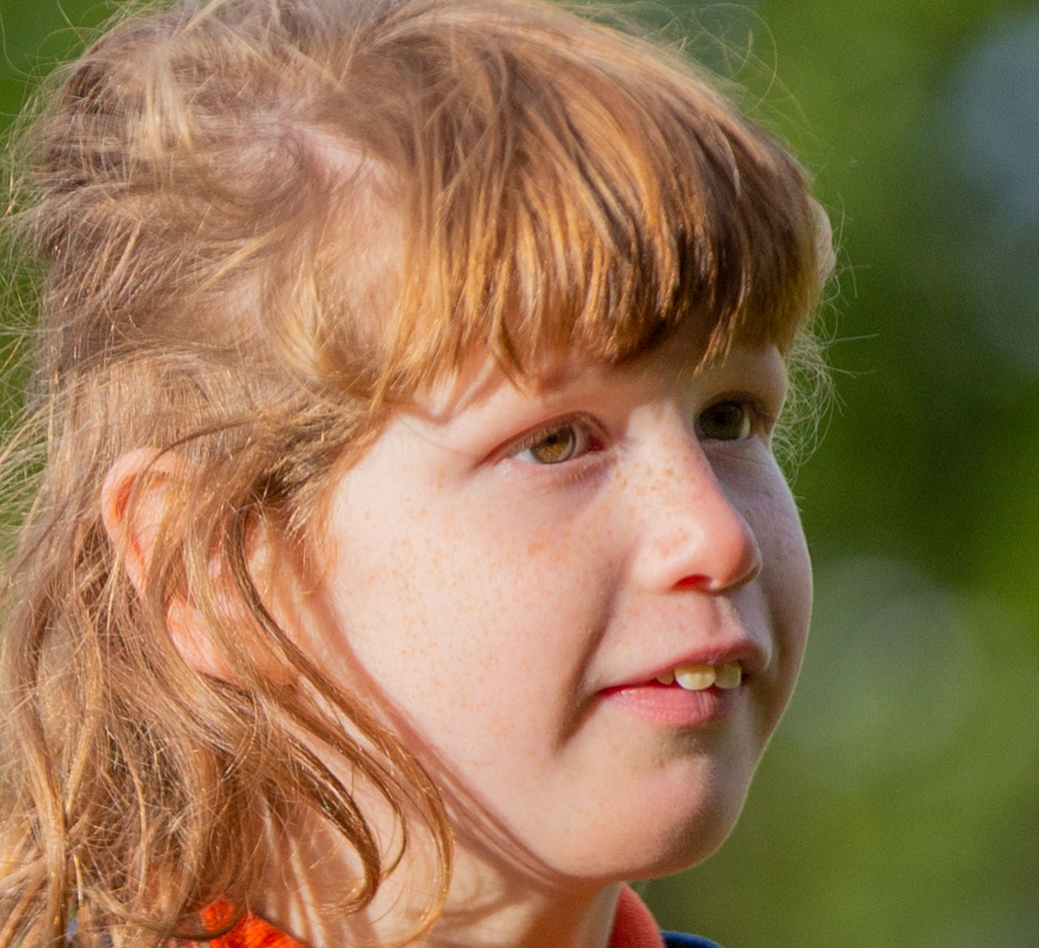Top 3 Tips when photographing an autistic child or teenager
Posted on 29th April 2021 at 18:55
Everyone wants to capture a perfect smile or memorable moment However, when taking a photograph of someone with autism can prove a challenge to some people. Not to me, my photography business specialises in working with schools and families with children and young people with complex needs.
I wanted to share my top three tips of how to take a natural photo of a child or young person with severe autism.
1. Understanding Autism
With there being different levels on the autistic spectrum, it is really important to gain an understanding of the person you’re photographing. Some can have aggressive or difficult behaviour issues and it’s important to not be intimidated by this and stay calm and relaxed around them.
I would advise giving the child or person space to ensure they feel safe and comfortable around you. A vast majority of people don’t like having their photograph taken anyway, hence why I stay the other side of the camera! Then add in their complex needs it can be an even less fun experience so it needs to be fun, relaxed and comfortable.
Curiosity can also play a massive part of a session, if you have an expensive camera, this may get touched, so don’t freak out. I welcome them touching my equipment as it means they are showing an interest and that engagement will make them trust and feel safe around you.
2. Knowing an Autistic child or teenager's triggers
It is really important to understand the positive and negative triggers when working with autistic children and young people. Therefore, if you are planning a photography session with an autistic child, I would highly recommend speaking to someone who knows them well.
As an example, loud noises can be a common trigger for severely autistic children and they may need to wear ear defenders to help them cope with the noise. You will then know how to work around that accordingly to ensure that the child is comfortable enough to hopefully be encouraged to remove them. However, they may not and that is fine too. Again, you would know if the photo is fine to take with them on if you have done your homework.
I have found that many people who live and work with children with not only autism but other disabilities and complex needs feel the need to apologise if something isn’t going 100% according to plan. In turn, they become less relaxed and that can lead to the child not being comfortable. Reassurance and patience is key.
Let’s face it though, that can happen with any child regardless of their needs! I’m a parent with a child with a disability and am also guilty of this, force of habit I think. However, if someone has taken a little time to get to know my child beforehand then they will know how to react in this type of situation, so there are no surprises.
In turn this works on the flip side, knowing their positive triggers will help prepare you for the session. For example, bubbles are very popular with younger autistic children. This is a very simple but effective method for making a child feel at ease in front of the camera. Please have a look through my gallery www.thisspecialmoment.co.uk/gallery which will show you examples of my candid approach I take.
A really important note to add is that not all autistic children fully smile. It may just be a small glimpse or a level of really high interest and concentration can produce a wonderful captured moment or memory.
3. Take your Time
This is an extremely important tip to note, you will need to dedicate a longer amount of time and have an enormous amount of patience when taking a photo of an autistic child or young person.
If you have followed tips 1 and 2 above, you will have already given this session much time and effort. Some autistic people rely heavily on routine and therefore a simple routine change could have thrown the day out completely. Something may have come up during the course of the day or the week that has thrown that child completely. Then adding taking a photograph into the mix could just be too much for them and they may not want to have bubbles or anything else that makes them happy.
With this in mind, it is possible that you have to wait a few hours before they’re back in a good place and want to participate in having a photograph taken. If it is becoming more distressful than enjoyable, I would offer to stop the session and return at a time more appropriate.
1 in 100 people are on the autism spectrum and there are around 700,000 autistic adults and children in the UK. This number is probably higher than some people think. Did you think the number was higher or lower than your initial thought? https://www.autism.org.uk/advice-and-guidance/what-is-autism
In conclusion
Please take the time to understand and gain a greater insight to the child, person or family you are providing a session or service to. Especially when you’re providing an autistic friendly photography session. Please take the time to understand and appreciate what that makes. This will help create a natural, organic photo which shows the person for who they are and not what they are perceived to be.
Share this post:


